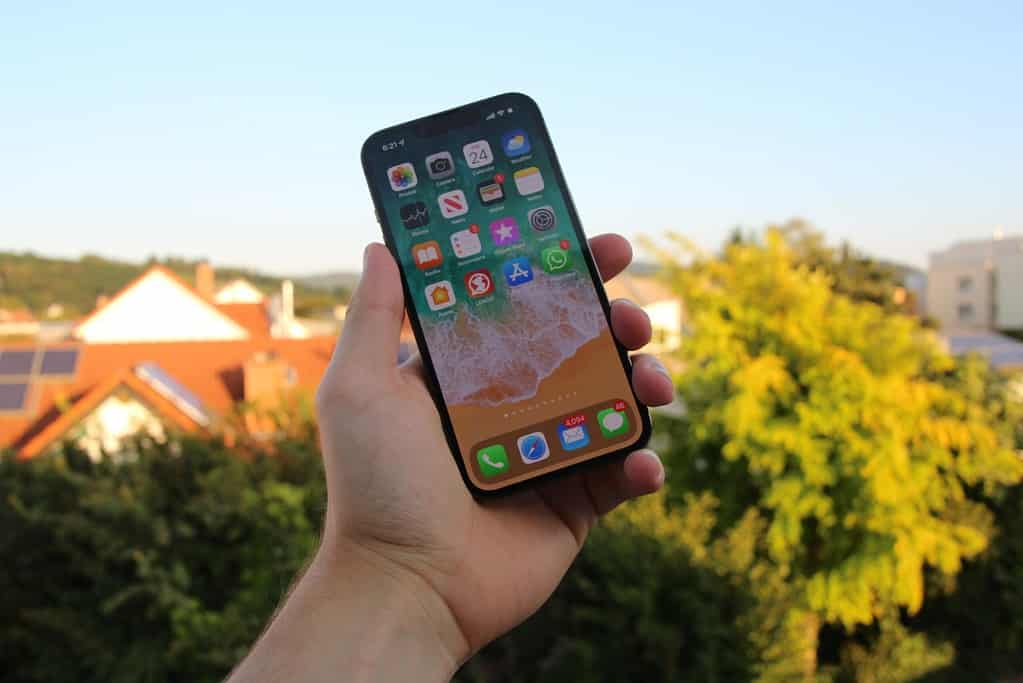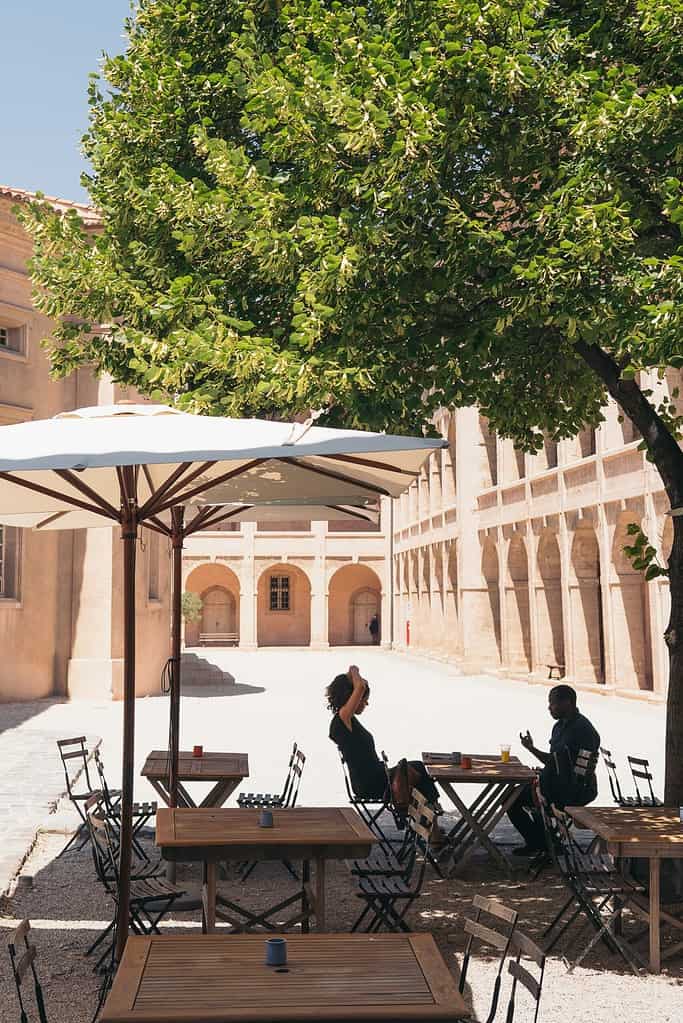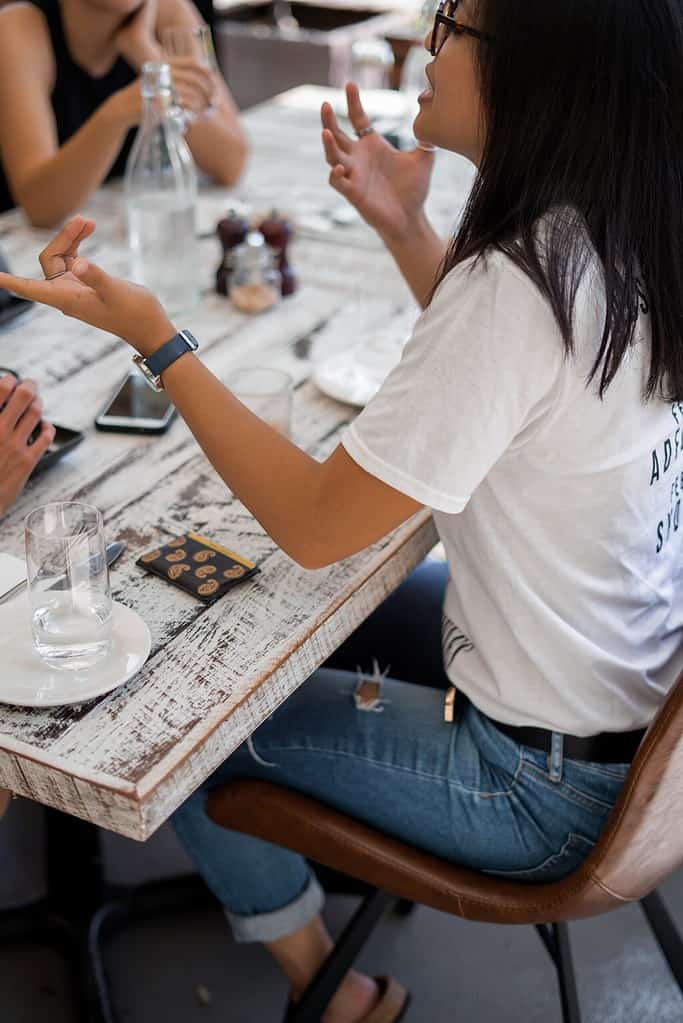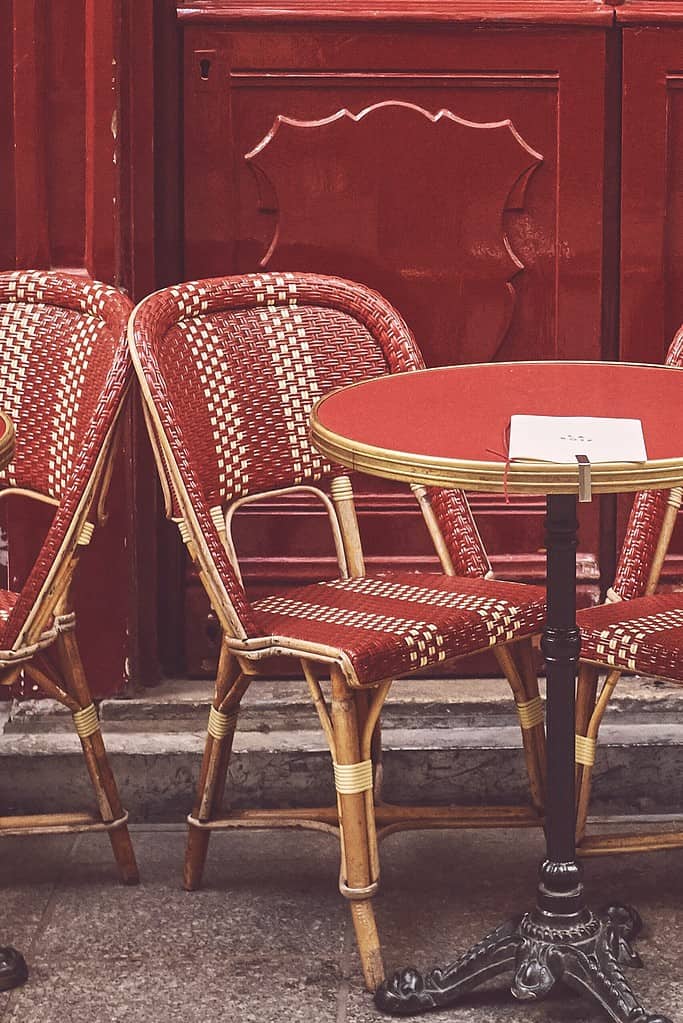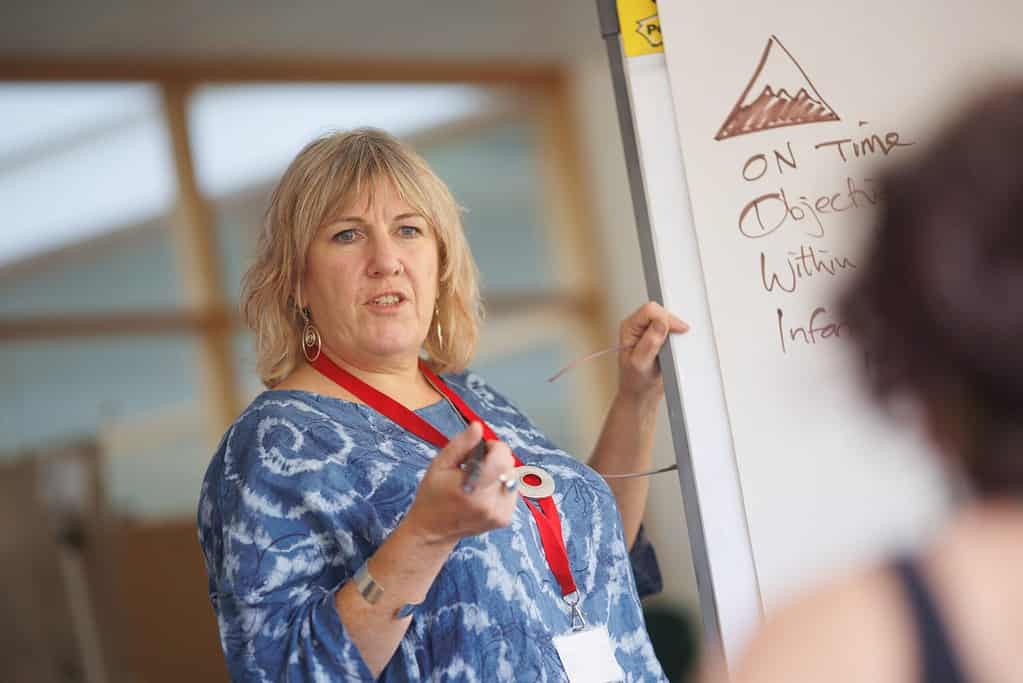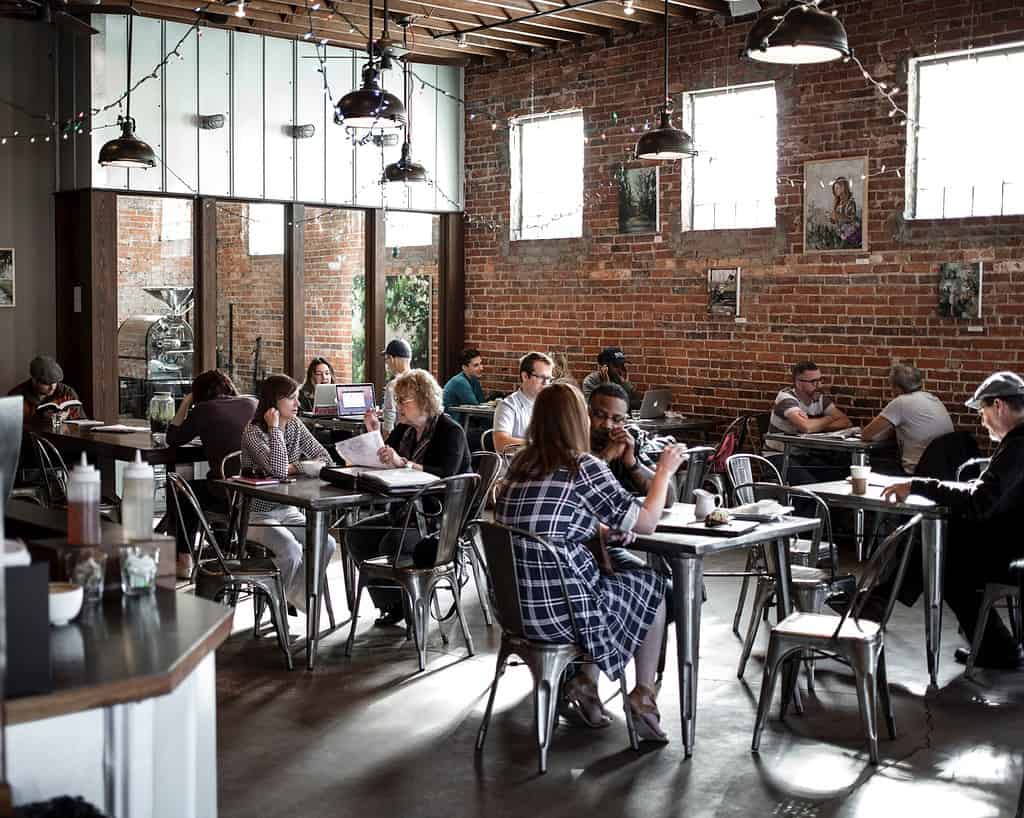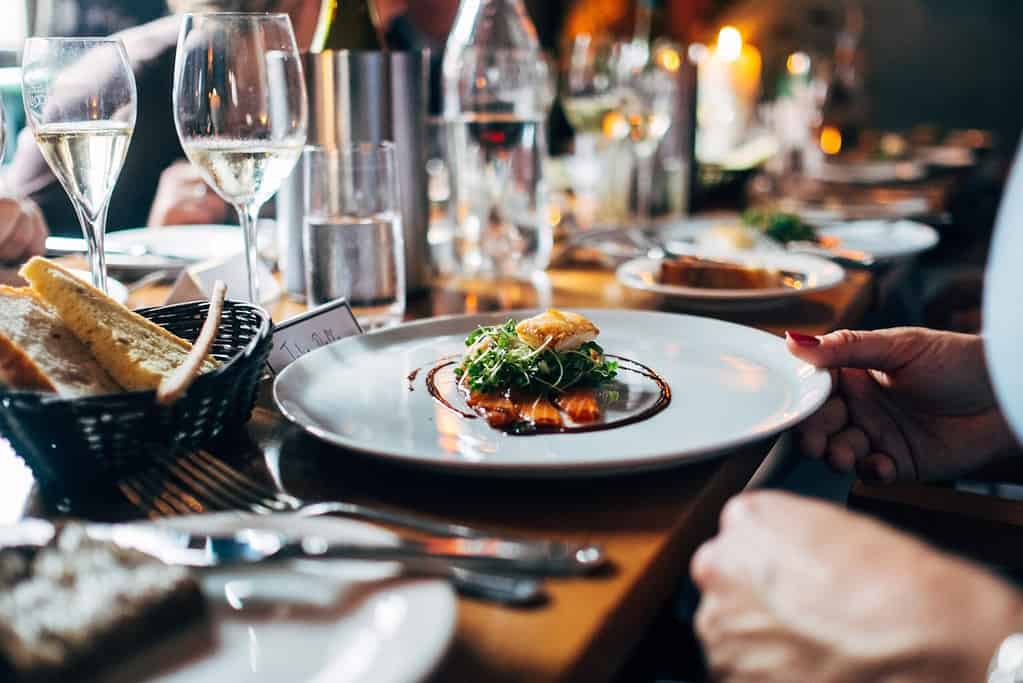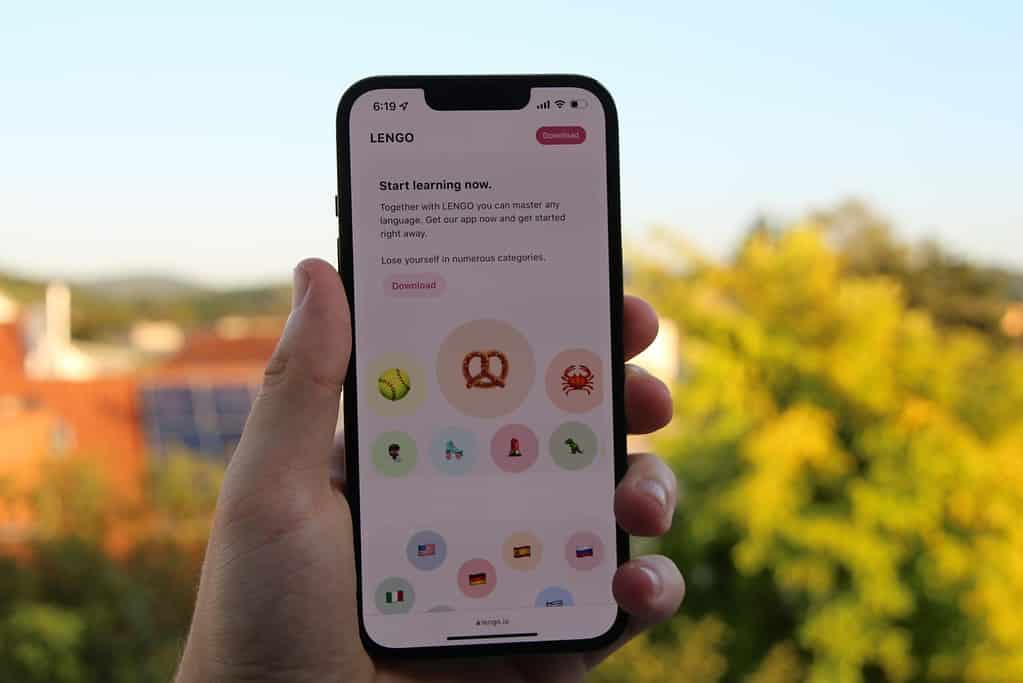If you’re looking for a new and delightful way to boost your French speaking skills while tantalizing your taste buds, diving into French culinary tours might be just the adventure you need. French cuisine is famous for its flair, tradition, and the intimate connection it shares with everyday language. In this post we’ll explore how food forms the heart of French culture, how immersive culinary tours spark real-life conversation, and how you can absorb food-related vocabulary in delicious settings. You can also get started with language practice on the swaplang app homepage at any time.
The Role of Food in French Culture
French life is steeped in gastronomic tradition. Every meal is a celebration, a carefully choreographed dance of flavors and customs that has evolved through centuries. Food in France is not just sustenance, it’s an art form interwoven with language—a topic of conversation, a gateway to understanding regional identities, and an unforgettable experience when shared with locals. Strolling through a vibrant market in Provence, for example, is not only a feast for the eyes but also an opportunity to learn new adjectives and verbs as residents describe the freshness of produce or the aroma of freshly baked baguettes. There is a certain joie de vivre that permeates every bite and every conversation about food.
Recent insights from external experts, such as those highlighted in the Talkpal article on French culinary tours that enhance language skills, explain that immersing oneself in authentic food experiences naturally boosts conversational abilities. Such experiences teach you vocabulary that textbooks can’t, from the names of regional cheeses to idiomatic expressions used in everyday chatter about meals. This culinary immersion establishes a deeper understanding of French customs and a more intuitive feel for spoken French.
Immersive Language Learning: Culinary Tours Explained
Culinary tours offer an engaging way to learn French outside the classroom. Imagine sampling a delicate soufflé in a quaint bistro, while the waiter enthusiastically explains the ingredients and techniques in French. This real-life exposure to language and culture creates a context-rich learning environment where new words stick because they are tied to tangible experiences. As you meander through small villages or bustling urban food markets, each conversation becomes its own mini French lesson—one that isn’t confined by textbooks but comes alive in the moment.
Language learners are increasingly drawn to immersive experiences like these because they bridge the gap between theory and practice. Being surrounded by native speakers and engaging in natural dialogue sparks immediate improvement in fluency and listening skills. In fact, if you’re keen to expand your cultural horizons in a similarly immersive way, consider exploring other interactive language adventures like Master French Via Virtual Travel: Explore Francophone Cultures for a digital taste of life in the francophone world.
Essential Vocabulary for Culinary Tours
When you join a culinary tour, you are not only indulging in exquisite flavors but also picking up a wealth of food-related vocabulary. Words like “apéritif,” “entrée,” and “fromage” become much more memorable when you experience them firsthand in a bustling market or a family-owned bistro. Besides culinary-specific terms, you also discover idioms and regional phrases that convey the subtleties of French culture. This hands-on learning environment fosters a natural way of retaining vocabulary because you associate words with sensory experiences.
For many learners, a major breakthrough comes when everyday conversation begins to mirror the authentic experiences of eating, shopping, and socializing in French. As noted in the Talkpal article, the immersive context not only improves pronunciation and listening skills but also builds confidence. Imagine chatting with a local vendor about the freshness of the “baguette” or discussing the origins of a special wine—all in French. It’s a fun, effective method to transition from textbook phrases to handling genuine conversations.

Exploring French Regions Through Their Cuisine
France is a mosaic of regional flavors and culinary traditions. Whether you’re in the sun-kissed vineyards of Bordeaux, the garlic-scented kitchens of Provence, or the crisp, understated parlors of Normandy, each region brings its own vocabulary and cultural nuances to the table. Exploring these diverse culinary landscapes is akin to traversing a linguistic map where local dialects and expressions shine through regional dishes.
During these visits, your language skills are honed as you learn not only the standard French terms but also colloquial phrases specific to each area. This region-specific vocabulary enriches your overall understanding of the language and can be especially fun to practice. Furthermore, while savoring a plate of coq au vin in Burgundy or a tarte tatin in the Loire Valley, your role as a student of both language and culture is solidified by personal experience.
The nuances of region-specific conversations can also serve as a conversation starter with native speakers. Beyond the borders of a culinary tour, these vocabulary lessons pave the way for broader cultural exchanges. This vibrant linguistic landscape ensures that your journey into French cuisine is as educational as it is delicious.
Practical Tips for Combining Food and French Learning
There is no one-size-fits-all method to learning French, but blending food and language offers a particularly flavorful approach. Start by signing up for local culinary tours during your travels or even in your local city if there is a strong French influence. Take small steps like ordering your coffee in French or asking the waiter about daily specials, and gradually build your confidence. In these scenarios, every conversation is an opportunity to practice, learn, and laugh—even if you sometimes mix up your “piment” with “poisson!”
Keep a small notebook or a digital note on your phone with new vocabulary and expressions you pick up along the way. Practice them as soon as possible to solidify your retention. Another effective strategy is to talk about your culinary experiences with a language partner. In engaging conversations, you can replay what you learned on a tour or during your meal, reinforcing vocabulary in a relaxed, real-world context.
For those looking to further their French through interactive platforms, consider the language exchange sessions on swaplang. Combining these practical, everyday dining experiences with structured speaking practice makes for a deliciously effective language learning journey. In the end, integrating food and language doesn’t just satiate your hunger—it feeds your mind and fuels your confidence in speaking French.
If this fusion of culinary delight and language learning has sparked your curiosity, why not take the next step? Explore authentic conversations and immerse yourself in real French dialogue with native speakers on swaplang. Embrace the journey and let every bite be a lesson in French culture and conversation. Sign up today and savor the language as much as you savor the food!



